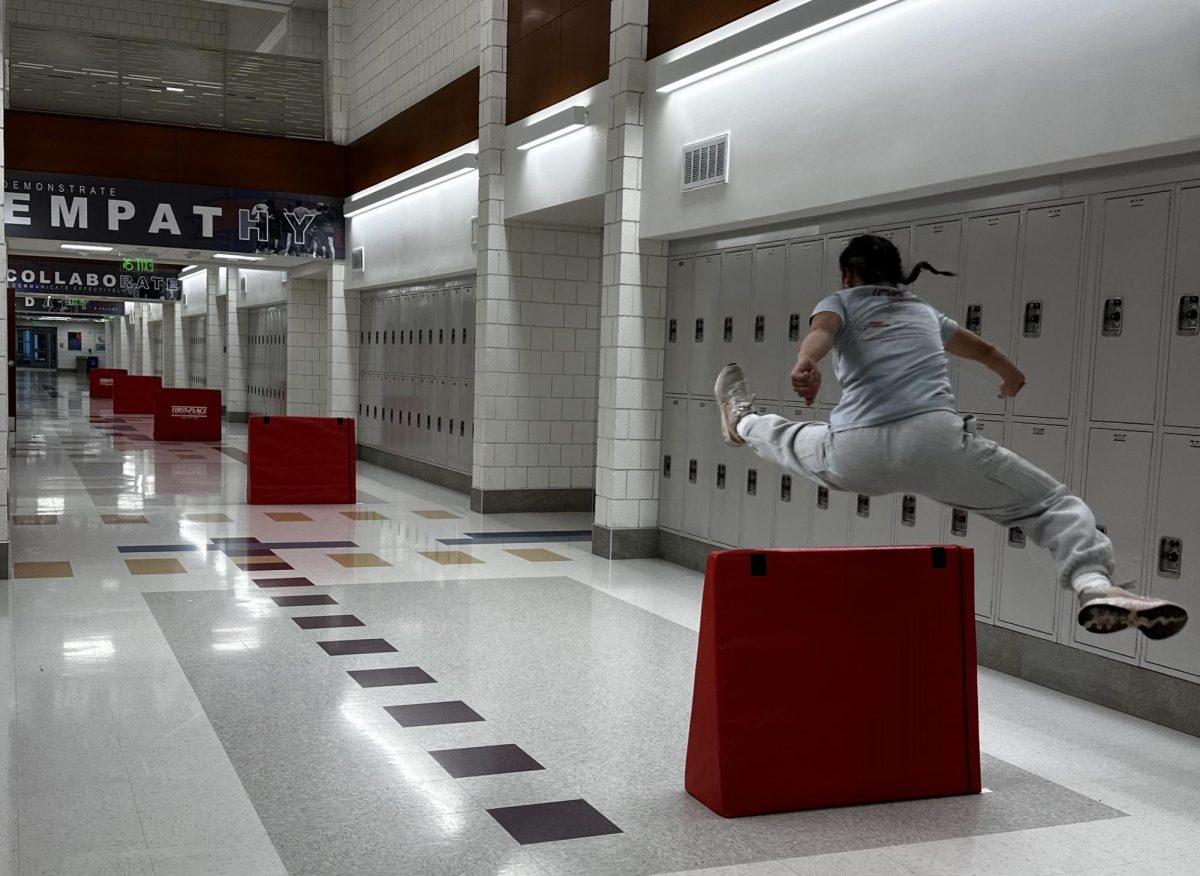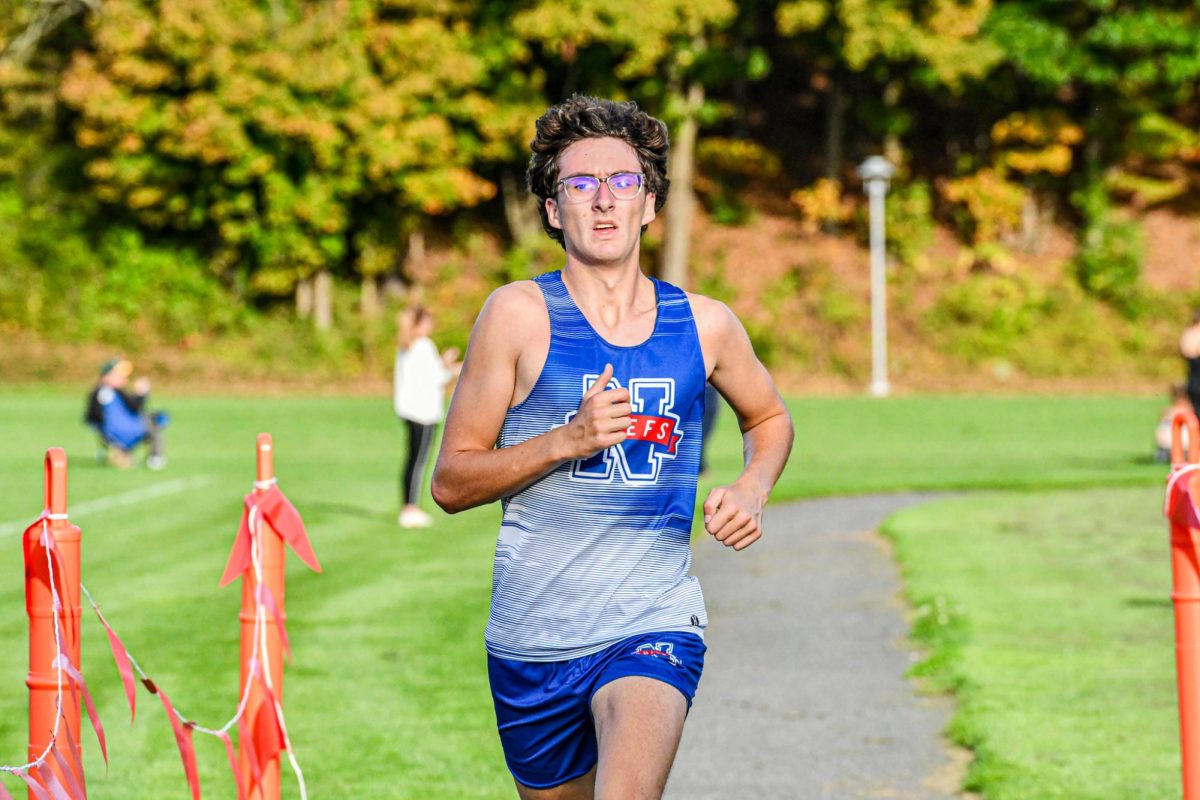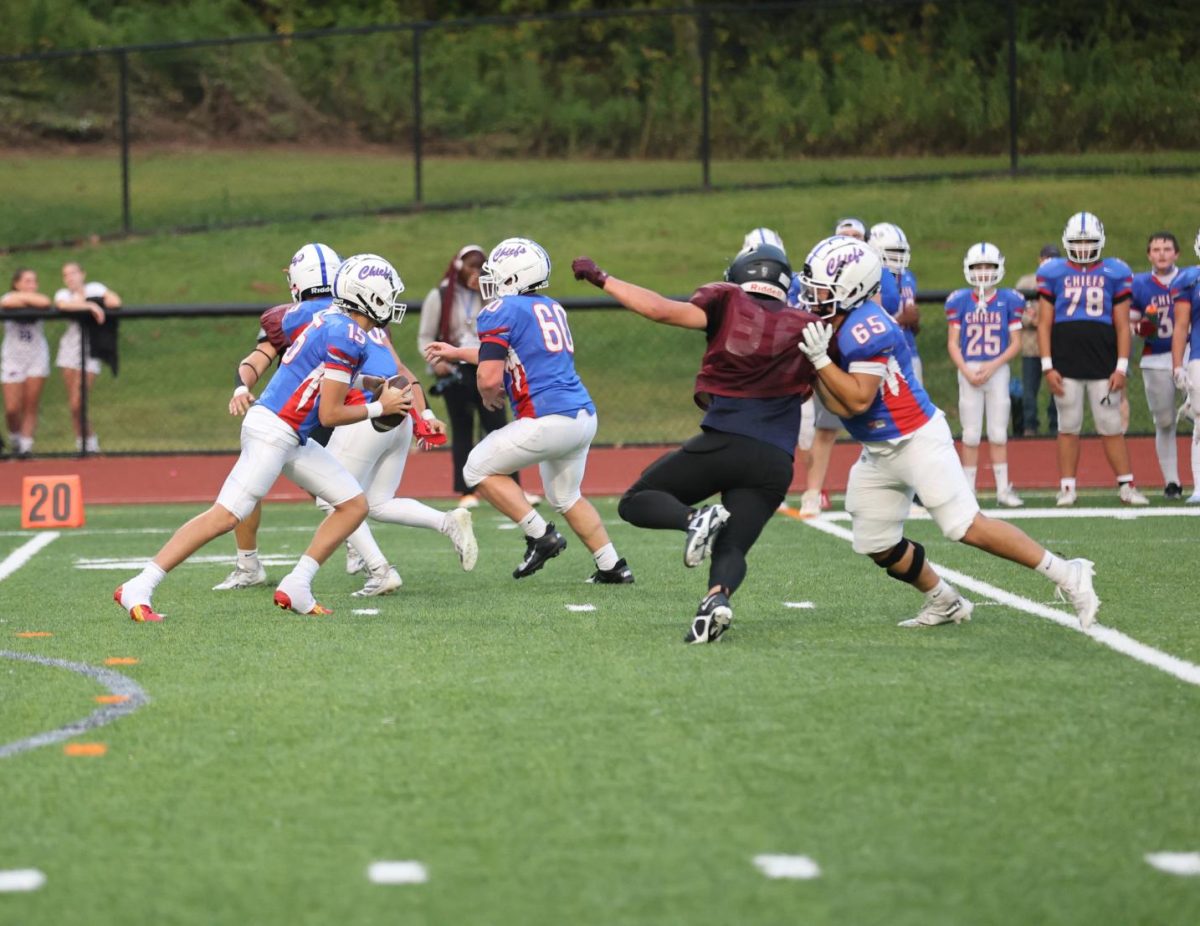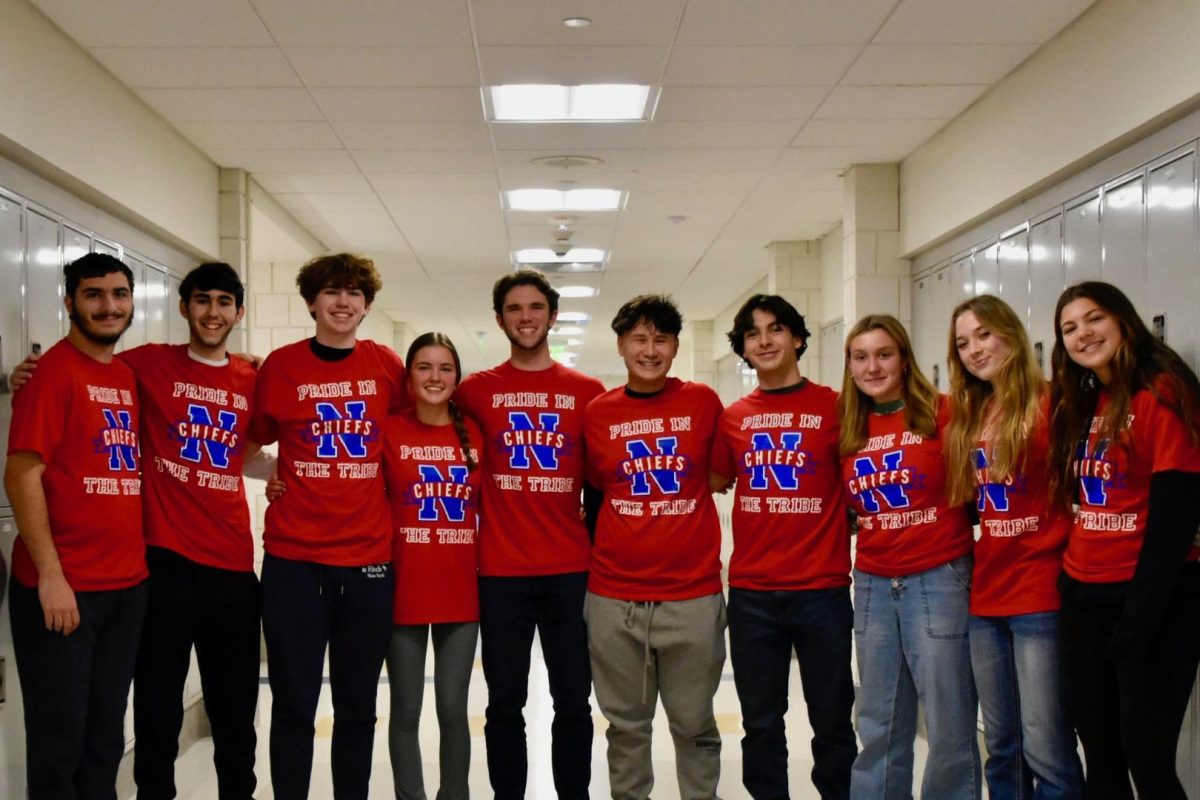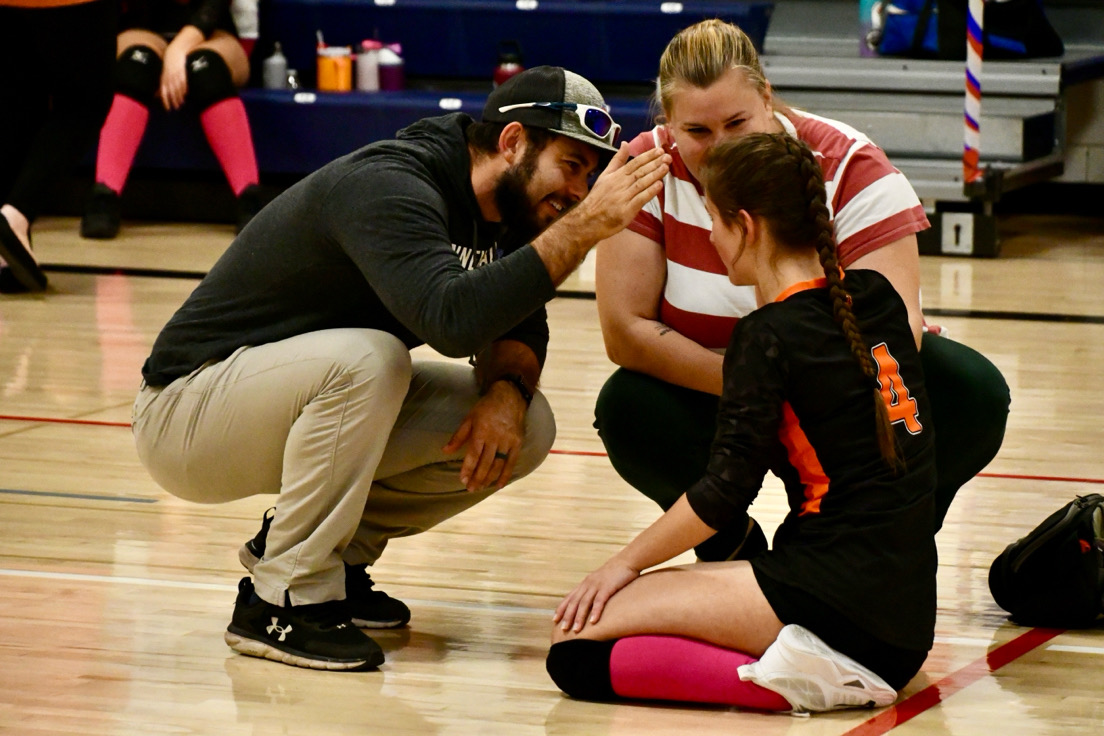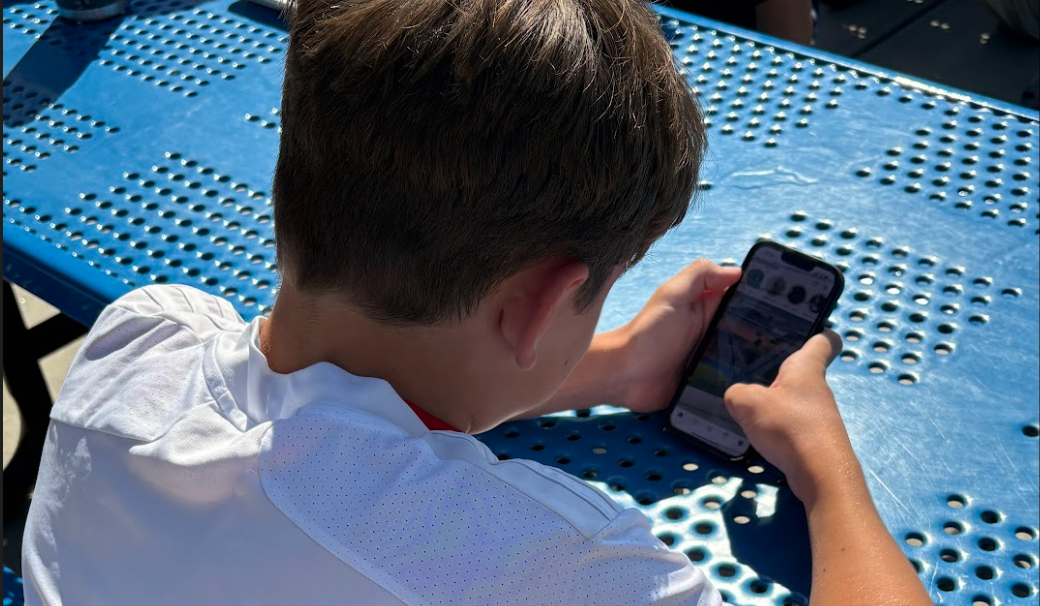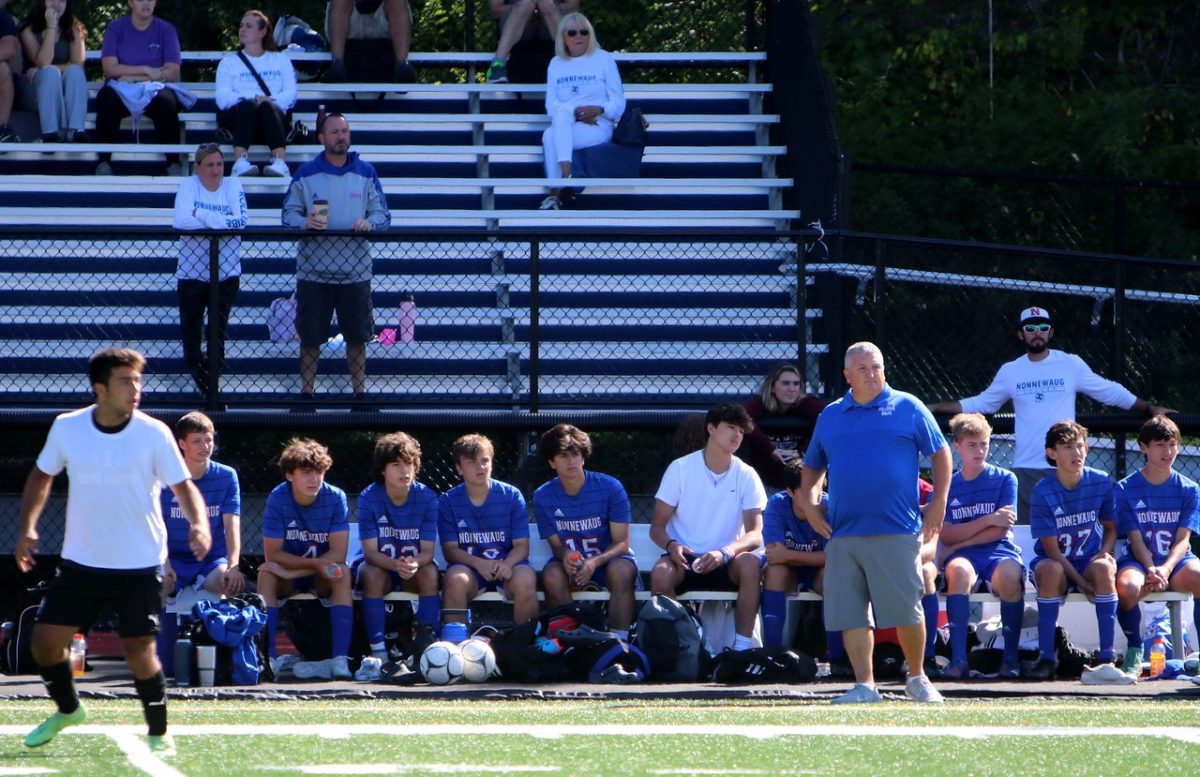WOODBURY — Nonnewaug’s winter sports teams have turned to innovative ways to make the most of their space. From reimagined practice schedules to shared training zones, these teams are proving that adaptability extends far beyond meets and matches.
“We’ve definitely had to adapt due to the lack of space indoors,” said Gavin Sandor, an indoor track runner. “With so many other people and sports, we need to stay on schedule. We must complete our circuit [in the hallways] in 30 minutes, followed by a 40-minute lift in the fitness center when it is open, and then return upstairs to the LMC to stretch. It can feel cramped, but we adapt so we can keep working.”
Coaches and athletes both feel the pressure and stress of limited space, but how they use that space is what distinguishes a good team from a great team.
“The struggle for practice space is not unique to NHS. In the experience running youth programs in the area and coaching at other schools, multiple sports competing for the same locations can be like a game of scheduling Tetris,” said Jamie Potter, the cheerleading head coach. “Because of the need for full mats and challenges with practice space, we plan to utilize the summer to the best of our ability and potentially create our entire routine months in advance. We have had to get creative and think outside the box, but if there’s a will, there’s a way.”
With the fight for space, some areas of the school have been reserved for a specific sport — for example, the basketball teams are always in the gym — leaving the second-best option for everyone else. Runners are often in the halls, cheerleaders carve space in the gym lobby, wrestlers occupy the cafeteria, and the after-school strength and conditioning club takes up the fitness center. Each area of the school has its own set of issues, some of which are worse than others.
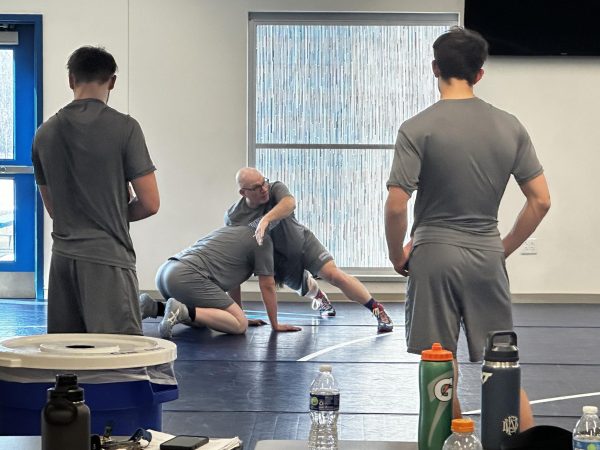
“Safety is the biggest issue in the cafeteria. We try to use the space as best we can, however there are times that we have to slow down the activity so someone doesn’t hit a wall,” said Dave Green, the longtime NHS wrestling coach. “Creativity is really the issue. If a coach can think of different ways to workout, the sky’s the limit. Track is constantly utilizing small and unusual spaces to achieve their goals. It also comes down to how much commitment and work the team members have to give to the activity.”
When it comes to how they practice, wrestlers get their own space and time to practice and compete; with the assistance of their coaches and others close by, they create their own opportunities.
“Due to the school’s space constraints, many sports, including wrestling, have had to maximize their available area,” said Jeff Bernardi, varsity wrestler for NHS. “When wrestling is in the cafe, we maximize the amount of space by setting up as many mats as we can, moving every table, and distributing as many of our players as we can by the doors and stairs. We must make the most of every opportunity to go through practice each day.”
The situation isn’t ideal, but it’s also a dilemma many schools face.
“I understand the difficulty that teams have during winter months of finding a place to get in a decent workout that replicates what you actually will do in an event,” said Declan Curtin, Nonnewaug’s assistant principal who previously served as NHS’ athletic director for seven years. “Space is always an issue throughout the entire state.”
From an administrative perspective like Curtin’s, he says it’s impressive how NHS coaches continue to find success using unique spaces for practices yet keep safety as the first priority.
“Our coaches have to get very creative balancing safety issues, because you have to be very careful in the hallways by making sure that no one’s coming out of the classrooms, teachers around the building, and even janitors or custodians,” said Curtin. “It’s really a balancing act and a puzzle that you shuffle around several pieces just to make sure that you are getting enough for your athletes, but also recognizing that safety is important. You need to move individuals around between the weight room, hallways, and outside in order to maximize performance while also considering welfare.”



